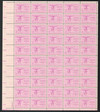
# 1089 - 1957 3¢ Architects Institute
1957 3¢ American Institute of Architects
City: New York, New York
Quantity: 106,647,500
Printed by: Bureau of Engraving and Printing
Printing Method: Rotary Press
Perforations: 11 x 10 ½
Color: Red black
Birth of Buckminster Fuller
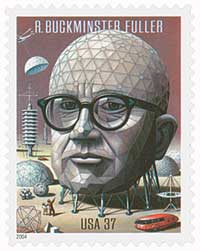
Richard Buckminster “Bucky” Fuller was born on July 12, 1895, in Milton, Massachusetts. Most famous for his geodetic dome designs, he held 25 US patents and received over 100 major awards.
A relative of American Transcendentalist Margaret Fuller, Buckminster spent much of his youth on Bear Island in Penobscot Bay. As a child, he struggled with geometry in school but enjoyed making his own tools and other items from things he found in the woods. He even designed a new device to propel small boats.
By the time he was 12 years old, Fuller invented a push-pull system for propelling a rowboat. He attended the Milton Academy and Harvard College but was expelled twice for partying and lack of interest. He then earned a machinist’s certification.
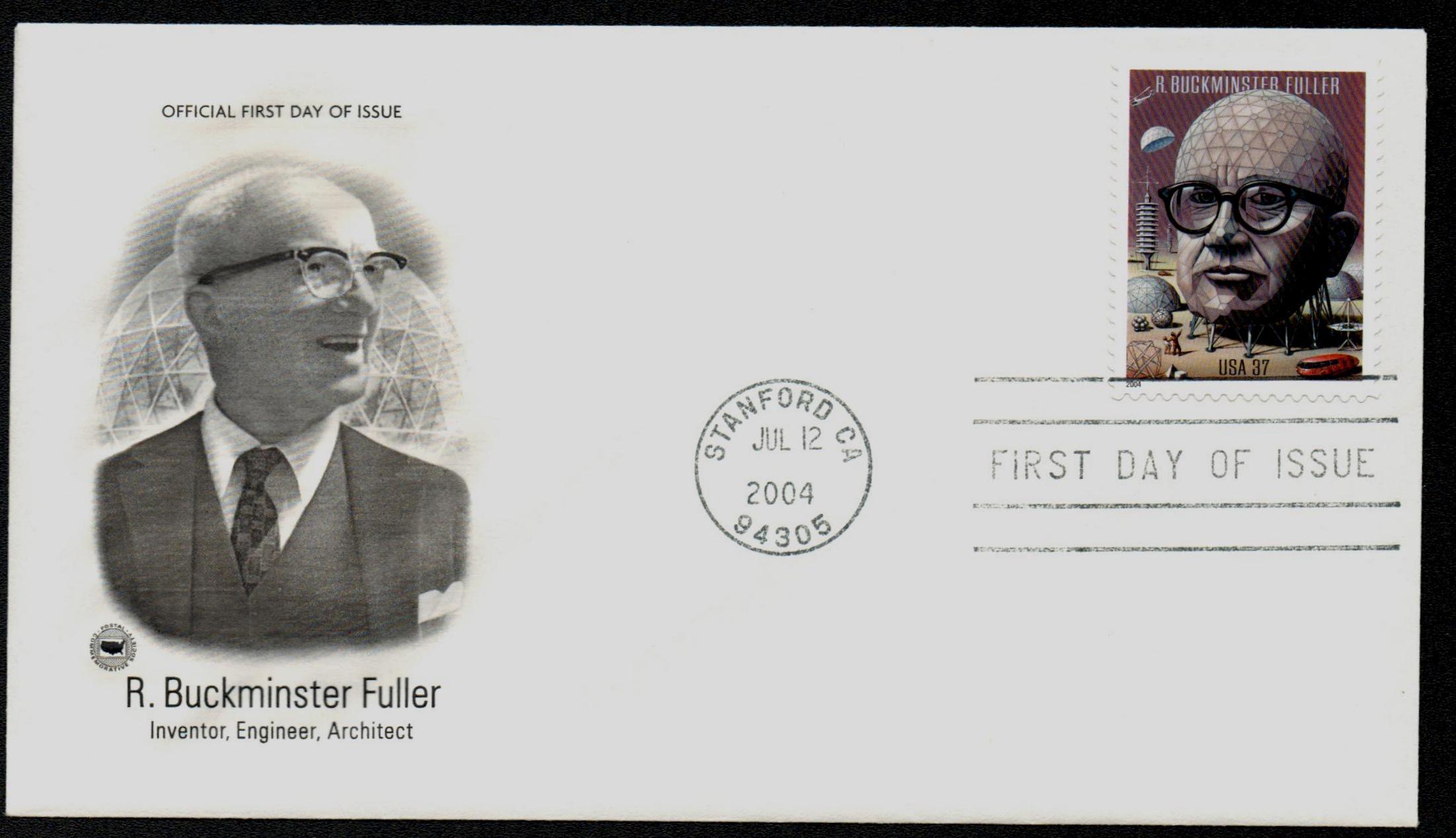
While he was in school, Fuller had worked in a textile mill and meatpacking business. Then with the outbreak of World War I, he joined the US Navy as a shipboard radio operator. He also edited a publication and was a crash rescue boat commander during the war. Fuller returned to the meat packing industry after the war and got married. For a few years, he worked with his father in law in developing a stockade building system, but the company ultimately failed.
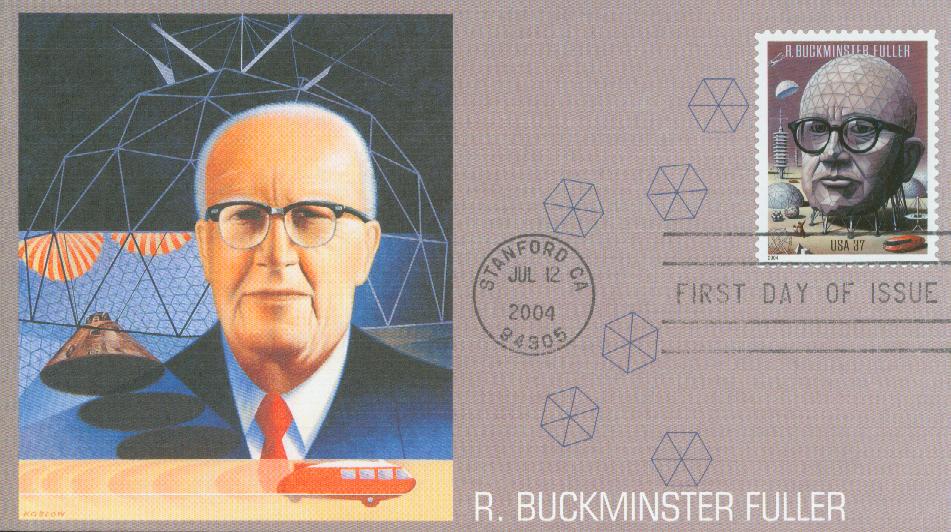
That year, 1927, was an influential year for Fuller. Having lost his job and distraught over the death of his daughter who suffered complications from polio and spinal meningitis, he drank heavily and considered suicide, to provide his family with an insurance payment. But then as he walked one night, Fuller claimed he was lifted off the ground in a white ball of light and a voice told him, “From now on you need never await temporal attestation to your thought. You think the truth. You do not have the right to eliminate yourself. You do not belong to you. You belong to Universe. Your significance will remain forever obscure to you, but you may assume that you are fulfilling your role if you apply yourself to converting your experiences to the highest advantage of others.”
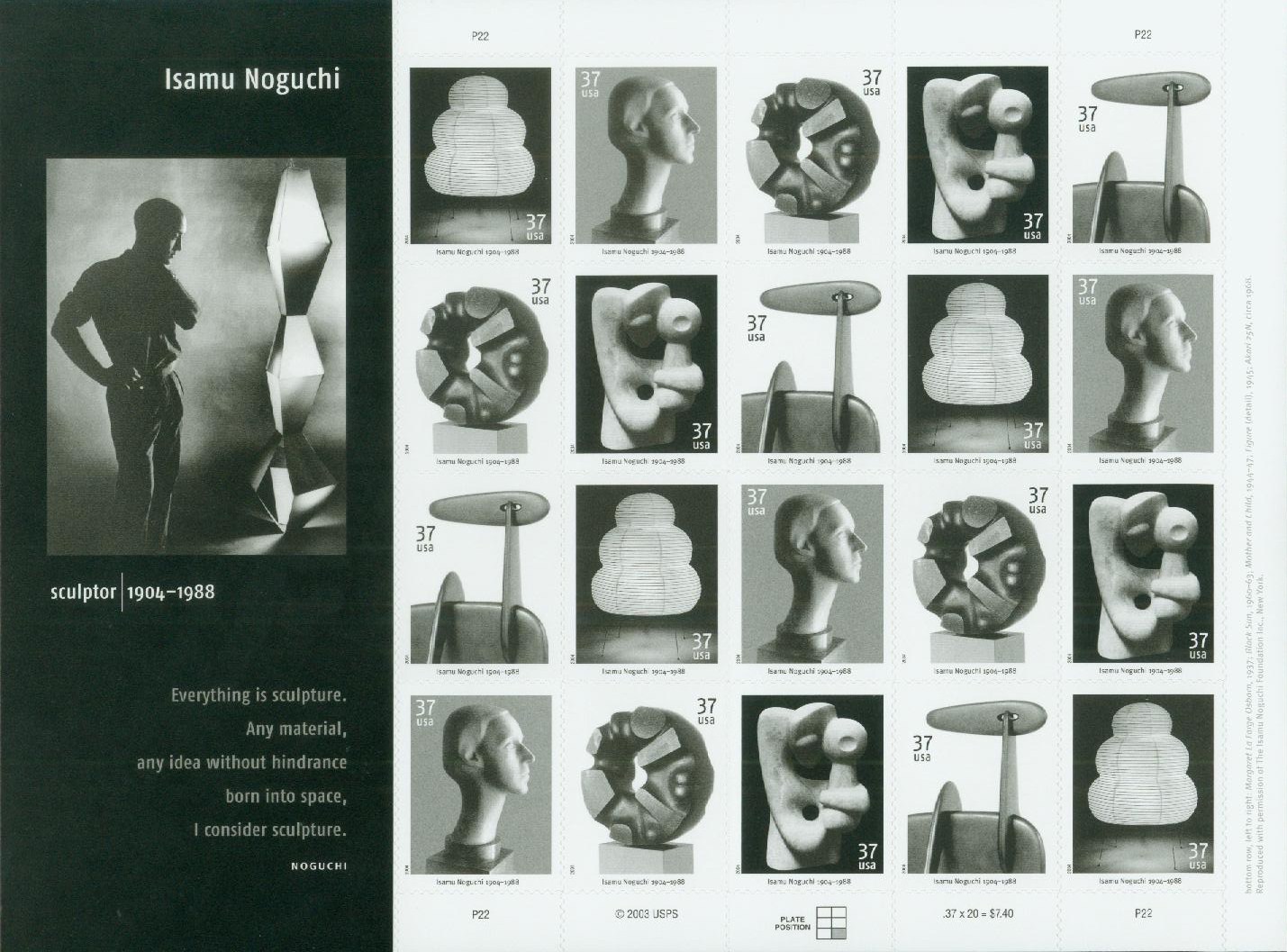
This event inspired Fuller to explore how much a single person could “contribute to changing the world and benefiting all humanity.” Fuller believed that if the technology and resources used to develop weapons were redirected, poverty could be eliminated. He dedicated his life to ending poverty and homelessness through inexpensive, efficient design. One of his major focuses was how to do more with less, so that all people could have more. Not long after, Fuller met Isamu Noguchi and they worked together on several projects, including the Dymaxion car.
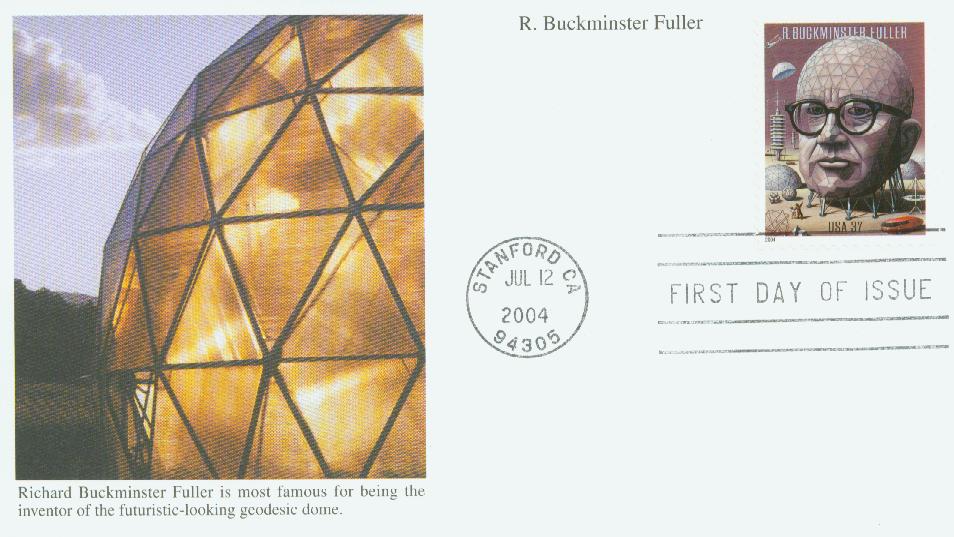
Using airplane construction methods and materials, Fuller designed the three-wheeled Dymaxion car and the Dymaxion House. The car held 12 passengers and went 120 miles per hour on half the gas of a standard car. The house was pre-fabricated, inexpensive, fireproof, and easy to ship. Unfortunately, Fuller was unable to finance the mass production of either design.
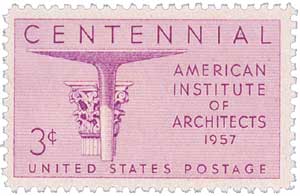
In the 1940s, Fuller began working on the geodesic dome. Though Dr. Walter Bauersfeld had invented the dome 30 years earlier, Fuller received US patents for his designs. His dome used multiple tetrahedrons (triangular pyramids). The geodesic dome was the first building that could sustain its own weight regardless of size. There are now over 300,000 domes in the world. His patented design for the building was lightweight, allowed more space inside without the need for supporting columns, and withstood harsh weather conditions. The US military used his domes to cover radar stations in the Arctic Circles.
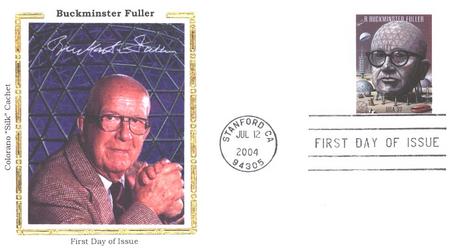
In 1964, Fuller co-founded an architectural firm, whose first project was the US Pavilion at Expo 67 in Montreal. Fuller also spent several years teaching and lecturing around the country. Although he never graduated from college, he was awarded 25 US patents, wrote 28 books, and received 47 honorary doctorates and over 100 other major awards, including the Presidential Medal of Freedom. Fuller died on July 1, 1983.
1957 3¢ American Institute of Architects
City: New York, New York
Quantity: 106,647,500
Printed by: Bureau of Engraving and Printing
Printing Method: Rotary Press
Perforations: 11 x 10 ½
Color: Red black
Birth of Buckminster Fuller

Richard Buckminster “Bucky” Fuller was born on July 12, 1895, in Milton, Massachusetts. Most famous for his geodetic dome designs, he held 25 US patents and received over 100 major awards.
A relative of American Transcendentalist Margaret Fuller, Buckminster spent much of his youth on Bear Island in Penobscot Bay. As a child, he struggled with geometry in school but enjoyed making his own tools and other items from things he found in the woods. He even designed a new device to propel small boats.
By the time he was 12 years old, Fuller invented a push-pull system for propelling a rowboat. He attended the Milton Academy and Harvard College but was expelled twice for partying and lack of interest. He then earned a machinist’s certification.

While he was in school, Fuller had worked in a textile mill and meatpacking business. Then with the outbreak of World War I, he joined the US Navy as a shipboard radio operator. He also edited a publication and was a crash rescue boat commander during the war. Fuller returned to the meat packing industry after the war and got married. For a few years, he worked with his father in law in developing a stockade building system, but the company ultimately failed.

That year, 1927, was an influential year for Fuller. Having lost his job and distraught over the death of his daughter who suffered complications from polio and spinal meningitis, he drank heavily and considered suicide, to provide his family with an insurance payment. But then as he walked one night, Fuller claimed he was lifted off the ground in a white ball of light and a voice told him, “From now on you need never await temporal attestation to your thought. You think the truth. You do not have the right to eliminate yourself. You do not belong to you. You belong to Universe. Your significance will remain forever obscure to you, but you may assume that you are fulfilling your role if you apply yourself to converting your experiences to the highest advantage of others.”

This event inspired Fuller to explore how much a single person could “contribute to changing the world and benefiting all humanity.” Fuller believed that if the technology and resources used to develop weapons were redirected, poverty could be eliminated. He dedicated his life to ending poverty and homelessness through inexpensive, efficient design. One of his major focuses was how to do more with less, so that all people could have more. Not long after, Fuller met Isamu Noguchi and they worked together on several projects, including the Dymaxion car.

Using airplane construction methods and materials, Fuller designed the three-wheeled Dymaxion car and the Dymaxion House. The car held 12 passengers and went 120 miles per hour on half the gas of a standard car. The house was pre-fabricated, inexpensive, fireproof, and easy to ship. Unfortunately, Fuller was unable to finance the mass production of either design.

In the 1940s, Fuller began working on the geodesic dome. Though Dr. Walter Bauersfeld had invented the dome 30 years earlier, Fuller received US patents for his designs. His dome used multiple tetrahedrons (triangular pyramids). The geodesic dome was the first building that could sustain its own weight regardless of size. There are now over 300,000 domes in the world. His patented design for the building was lightweight, allowed more space inside without the need for supporting columns, and withstood harsh weather conditions. The US military used his domes to cover radar stations in the Arctic Circles.

In 1964, Fuller co-founded an architectural firm, whose first project was the US Pavilion at Expo 67 in Montreal. Fuller also spent several years teaching and lecturing around the country. Although he never graduated from college, he was awarded 25 US patents, wrote 28 books, and received 47 honorary doctorates and over 100 other major awards, including the Presidential Medal of Freedom. Fuller died on July 1, 1983.








